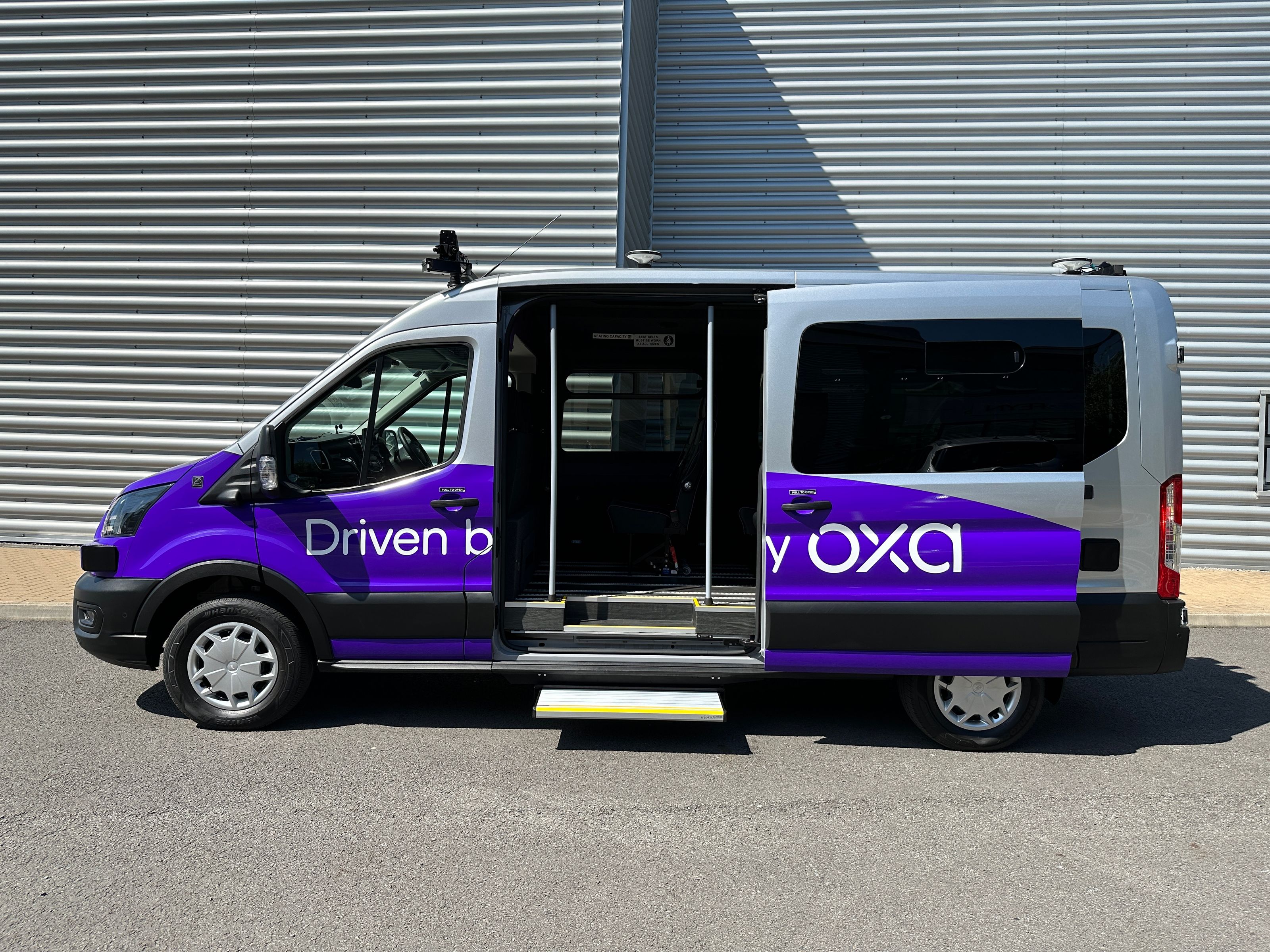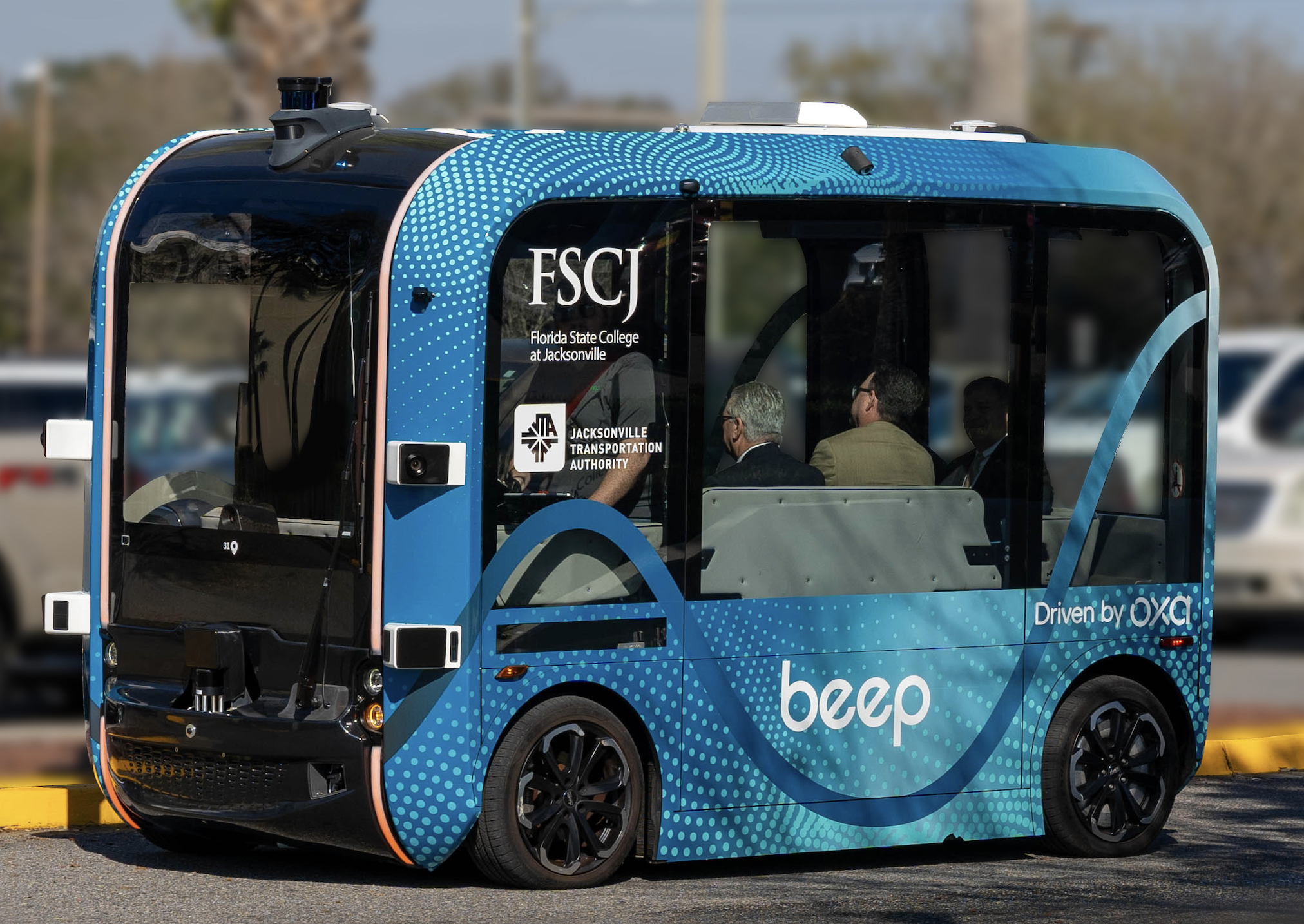Autonomous Vehicles Will Help Address the UK’s Public Transport Challenges

By Jamie Hodsdon
Global Head of Regulatory and Public Affairs, Oxa

The successful deployment of self-driving vehicle technologies can help the UK Government achieve its ambition of improving public transport.
The UK’s autonomous vehicle (AV) industry must maintain the momentum it developed following the introduction of the UK Automated Vehicles Act 2024.
Oxa welcomes a joint call from techUK and the Society of Motor Manufacturers and Traders (SMMT) for action to help position the UK as a world leader in the development and deployment of AVs.
Many transport authorities are facing a similar challenge: how do you convince people to leave their car at home and use bus or rail services instead? Finding an answer to this question is becoming increasingly important. There’s a pressing need to reduce congestion, carbon emissions and pollution in urban areas and to connect more people with opportunities.
The new UK Government has committed to improving public transport, in part, by making services more inclusive, sustainable and integrated. Autonomous vehicles, deployed in the right way, could help the Government achieve these aims.
A good example is electric, self-driving passenger shuttles. They’re a convenient, low-carbon form of transport and they’re already on roads in the US. For example, in Lake Nona, Florida, shuttles operated by a leading shared autonomous mobility provider, Beep, and driven by Oxa’s self-driving vehicle software, are helping residents and visitors move around the neighbourhood.
Lake Nona is our second commercial software deployment with Beep in the US - with the first in Jacksonville, Florida.
The Benefits of Autonomous Passenger Shuttles
Shuttles can connect people with destinations they’d otherwise use a car or a taxi to reach. And the more considered and responsive the services are, the more appealing they become for people who would otherwise choose to drive. Fewer private vehicles on the roads means less congestion and emissions. But what about people who aren’t currently travelling by car?
Shuttles can complete someone’s journey who made part of it on foot or by bike. And they can enable authorities to extend services to more communities. But we need the right conditions, incentives and regulatory environment to put AVs on our roads.
A new paper, published by techUK and the Society of Motor Manufacturers and Traders (SMMT), representing both the UK’s automotive and technology sectors, sets out four actions that will help to position the UK as a leader in the development and deployment of AVs.
Its publication follows Royal Assent of the Automated Vehicles Act 2024 in May. The introduction of the Act was a major milestone – I outlined the significance of it in an earlier blog. But, as the paper states, we must now maintain momentum.
Scaling AV Technologies
Recommendations set out in the paper include encouraging the manufacture of vehicles that are autonomy-ready from day one. To make autonomy a commercial reality in the future, we need a new generation of vehicles designed to drive themselves for many miles.
Rather than wait, we’re taking an innovative approach to bring autonomy to customers today. We’re partnering with OEMs and enabling the upfitting of vehicles through the provision of Oxa Reference Autonomy Designs (blueprints of specific sensor and compute components, including mechanical redundancy).

At present, this is typically handled via OEM-approved third party upfitters who handle the autonomy integration. But to scale the technology for larger fleets and more deployments, we need native drive-by-wire electric vehicle platforms to be produced by manufacturers that are autonomy-ready.
In line with the recommendations in the techUK-SMMT paper, we believe we can make the UK a global home of the native driverless vehicle manufacturing I’ve just described. This will help reduce costs, supercharge the UK industry and create jobs. We need scalable self-driving solutions if we’re to help deliver a safer, more efficient and sustainable public transport system.
We also need secondary legislation to support the rollout of the technologies. This should be developed as soon as possible in consultation with the industry. Any delay could put the UK’s leadership position at risk and may mean people miss out on the benefits of autonomy.
In the long-term, the industry needs to understand how to move from authorisation to customers using the technology, whether they’re public transport passengers or freight operators. A clear vision will help set the path to commercialisation for AVs, benefiting the public and UK plc. And understanding what the public wants from autonomy will be fundamental to its success.
Oxa supports all the recommendations highlighted in the new industry report. You can download the document by visiting techUK’s website.
Related news

Oxa Deploys its Commercial Self-driving Software for the First Time as AV Shuttles Launch for Passengers in Florida, US

Oxa and eVersum Join Self-driving Shuttle Rollout in Belfast Harbour

Oxa is named by the UK Government as £150 million of funding is announced to supercharge the self-driving vehicles sector
Share this




